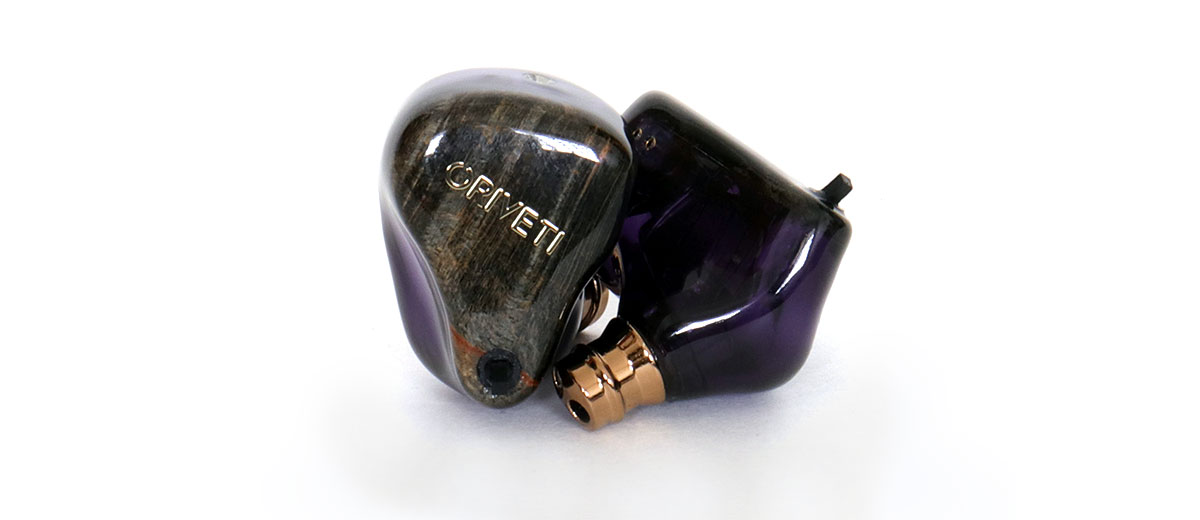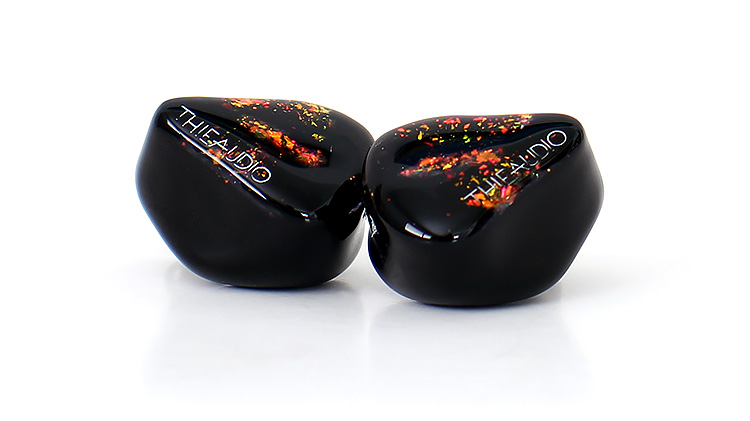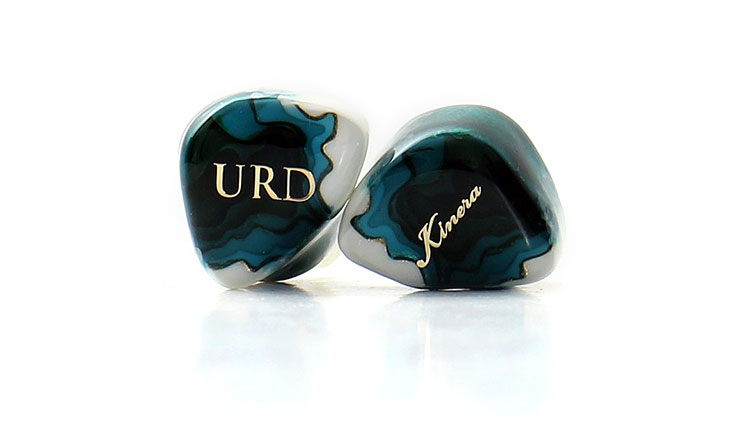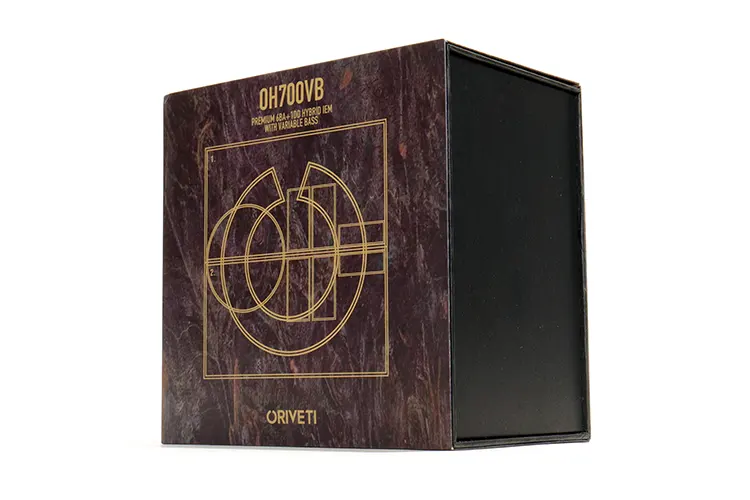Synergy
Mini switch
Each ORIVETTI OH700VB faceplate has a single switch that provides the listener with two very distinct sound signatures.
They’re both worlds apart. I call them East meets West tuning in that the upper position is neutral with a hint of brightness, and the lower position produces a warm sonic experience, increased bass presence, and a tamed treble response.
My preferred setting is the bottom position, the warm and bass-generous position. There were times I wished there was a third position, perhaps a profile with a boost in the highs but with the traits of the bottom switch position tuning. The lower position does restrain the highs but it works at taming bright recordings in turn.
There were times that on the upper setting, the midrange would become too forward for my taste and that’s why I inclined to the lower position because it never became harsh to me.
However, on certain occasions, the upper position is preferred because it can produce far more micro detail than the lower position.
Efficiency
You can drive the ORIVETI OH700VB with a whisper and that’s one thing to watch out for when powering these because they can easily be overloaded. They certainly have a power limit.
They’re extremely efficient and I would drive the OH700VB with low power sub-ohm devices.
This IEM can be pushed to a point where you will hear some distortion. However, if you feed them with the right amplifier, that will not happen and the trick seems to be the above-mentioned low impedance rating.
Pairings
The ORIVETI OV700VB sounds optimal with my iFi Audio xDSD Gryphon over the GO bar which sounds smoother from its single-ended output.
The pairing certainly seems to rely mostly on that impedance rating over power. For example, the OH700VB works well with my SMSL SH-X over my iFi Audio UNO which has an output impedance of 1Ω versus the close-to-zero rating on the SH-X.
That means impedance skew is possible with the ORIVETI drivers the higher you go in terms of amplification output impedance levels.
Select Comparisons
THIEAUDIO Oracle MKII
Technical
THIEAUDIO has earned a place within the audiophile community by releasing IEMs like the Hybrid Monarch MKII, and the single-driver Elixir. The other MKII IEM from THIEAUDIO that hit home was the Oracle MKII.
This hybrid IEM uses two Sonion tweeters, two Knowles Balanced armatures, and a 10mm LCP dynamic driver. Similar to the OH700VB, the Oracle MKII uses ports to further tune the bass which in both cases are handled by the dynamic driver.
One positive note on the Oracle MKII is the insensitivity to tip selection compared to the OH700VB. Both these models are also very good at passive noise reduction. Both models act as if they were earplugs designed to reduce noise by 25-30 dB
Design
The Oracle MKII and the OH700VB use universal fit molds but only the OH700VB incorporates wood on the faceplate. Color-wise, I prefer the darker resin color of the Oracle MKII over the OH700VB’s purple hue but that’s just my personal opinion.
Both models include similar connectivity. Both use a 2-pin 0.78mm connecter and come with cable assemblies that have an interchangeable input tip system. Both models include 3 plugs, a 4.4mm Pentaconn, a 2.5mm TRRS, and a 3.5mm TRS.
Are there any other design differences? The THIEAUDIO Oracle MKII has no tuning switches and not only is the IEM shell a one-size-fits-all shape but so is the sound signature because it lacks user-tuning features.
Performance
Both these IEMs perform similarly in the bass department and although the OH700VB is capable of hitting lower notes, it can be overwhelmed easier. Meantime, the Oracle MKII can handle a substantial boost making it a better choice for the bass-head crowd.
There is one sonic issue that is hard to deny and that’s the shouty character of the Oracle MKII and it’s because of the intense upper-mids and lower treble 7kHz peak.
The OH700VB can display similar characteristics but with the tuning switches in the upper position, not in the lower position.
In the lower position, the treble response also dives in output but subtly, and it gives the OH700VB a perceived smoother character overall. If you use the OH700VB with the switch in the upper position their outputs become similar but Sonion tweeters are hard to beat when well-implemented.
Their staging capabilities are similar in size and placement but there seems to be better focus on the OH700VB and you can pinpoint best where each element is placed within the mix.
FiiO FX15
Technical
The FiiO FX15 is another heavy hitter in this comparison. It’s a three-plus-one-driver configured IEM. There are four Sonion tweeters, a Knowles BA driver alongside a 10mm Diamond-like-carbon diaphragm dynamic driver.
One downside of the FX15 is that it comes with just two connectivity options versus the OH700VB’s three. It also has a tuning option but that simply shuts down the quad Sonion tweeter array which I found to contradict the original tuning objective.
Design
The FX15 also uses a universal fit mold and the color scheme is a better match but the design overall doesn’t scream flagship. However, that title no longer belongs to the FX15 since FiiO announced a couple of IEMs that will be released soon that surpass the FX15 in specifications.
FiiO omitted the 2.5mm TRRS plug in their cable system. Although it’s a less popular connection these days it would be nice to have one just in case.
The FiiO cable is very nice but I prefer the OH700VB cable assembly due to the lower microphonics and the three-plug set.
Performance
The FiiO FX15 also offers two distinct tuning options but one of the options makes no sense because it kills off the Sonion tweeters that happen to be the major highlight of the FX15. The high-frequency presentation is generous, to say the least, but they’re well done and not overcooked.
The FX15 does pull ahead sonically in the upper ranges and is just as smooth in the midrange but the bass might pull ahead exclusively in impactfulness.
The OH700VB might have a deeper reach but the driver can be pushed into overload. Not the FX15 bass driver, which is larger and might also sound representatively so.
The soundstage of the FX15 seems larger as well but they both have the same amount of focus. The FX15 pulls ahead by a nose due to the OH700VB’s narrower center channel imaging.
When I look at the bottom line, the OV700VB gives the user two usable tuning options while the FX15 gives the user one option. In my opinion, if you’re buying the FX15 it’s because you want to enjoy those high frequencies and it makes no sense to shut them off.
Kinera URD
Technical
Here’s another competitor that has many similarities to the OH700VB. Both are multi-driver hybrids but the URD takes the same approach used by FiiO by using Sonion tweeters. Kinera also used a smaller Titanium Cristal diaphragm 8mm bass driver.
Although there are fewer drivers used inside the URD, they produce an ample frequency response of 5Hz to 50kHz. The impedance sits at 20Ω but the Kinera URD is just as easy to drive but not as selective and is not overwhelmed as easy.
Pushing them too hard can cause some funkiness but the URD is an IEM made for fun listening sessions and is not a clinical IEM by any means.
Design
Kinera introduced what they call the 3D IEM fascia on the URD and each piece is hand-crafted. So also are the OH700VB shells to their credit. The shells are highly contrasting aesthetically but elsewhere there are similarities.
For example, both come with a detachable cable assembly with three interchangeable tips and a 2-pin 0.78mm dual-pin connector system. I like the ORIVETI cable best. Again, because of its inability to transmit noise into the IEM shell.
Performance
The URD provides a softer presentation with a better body, smoothness, and a surprisingly restrained high-frequency performance. Because the URD uses Sonion tweeters I assumed at first it would be a treble blaster but I was mistaken. They’re very delicate and gentle.
The URD does have a small 7k hump that adds some presence in that frequency range which translates into brightness in the upper midrange region but it’s not a deal breaker since the peak is not obnoxiously large.
The URD can produce nuanced bass but doesn’t have the low-end reach of the OH700VB nor does it have a comparable rumble effect. Bass is produced with cleanliness and better definition but the OH700VB’s deep and potent sub-bass production takes the cake.
My Verdict
The ORIVETI OH700VB is a good hybrid universal IEM in this price range mainly because you get two useable, and very pleasing sound signatures for the price of one. If you’re unsure what type of sound signature you prefer, then a choice of multiple sound signatures might appeal to you.
Are both tuning settings perfect sound signatures? Point out a perfect IEM and I’ll sell you a bridge in Manhattan. They both have pros and cons and each can correct or incline to suit one’s preference. That’s where this set’s versatility lies.
Add to the sound versatility and comfort, a good accessories package, and a cable assembly that is one of the most silent cables I’ve used, you start to get a sense of what ORIVETI is offering here which is high-value, plain, and simple.
ORIVETI OH700VB Specifications
- Driver: Exclusive 6 BA driver array (2 for high, 4 for mid) + 10mm dynamic driver
- Impedance: 12Ω
- Frequency response: 20 – 20,000Hz
- Sensitivity: 112db ±3db , 1000Hz
- Distortion: less than 1%
- Plug: Gold-plated 3.5mm / 2.5mm / 4.4mm balanced plug






